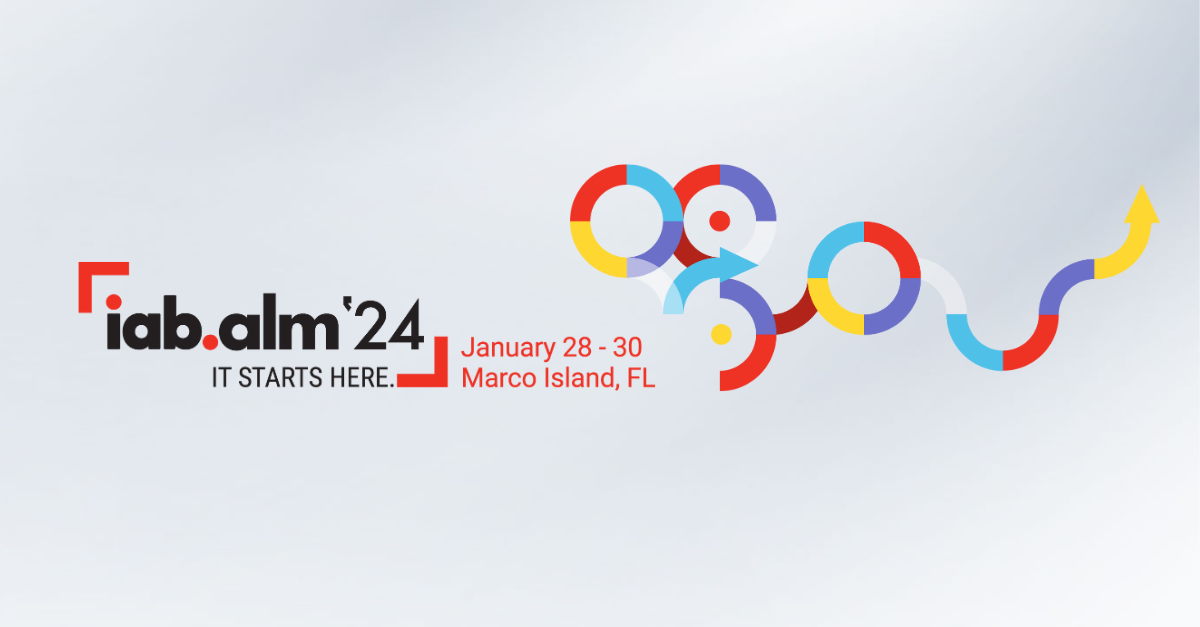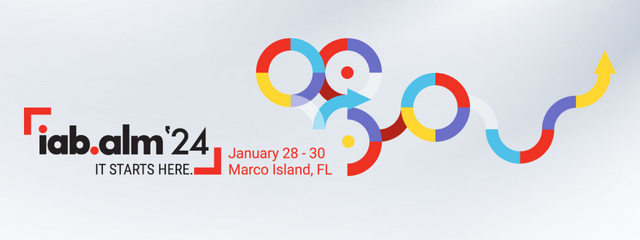A Q&A with Former IAB Chairman, Bob Carrigan
Programmatic is one of the hottest buzzwords in advertising, and with good reason. By 2017, 83% of all online advertising will be purchased programmatically according to eMarketer. But while some marketers are quickly jumping on the programmatic bandwagon, many more don’t know the first thing about it; especially the B2B community.
We wanted to better understand if or how B2B marketers will be investing in programmatic, what makes programmatic appealing (if at all) and what are B2B marketers’ biggest advertising goals. We surveyed over 100 B2B marketers to find the answers to these questions. One of the key findings was that almost half of B2B marketer responders (47%) are unaware of what programmatic even is. Clearly, for all the hype and promise around programmatic, there needs to be some continuing education and training for a market that represents almost $77 billion in digital marketing spending.
Study Highlights
- 54% of B2B Marketers are currently buying advertising programmatically
- 65% of B2B Marketers plan to spend more money on programmatic in 2016
- 78% of B2B Marketers will spend up to 50% of their budgets on programmatic in 2016
- 68% of B2B Marketers said audience targeting is more valuable than contextual
- 66% of B2B Marketers believe programmatic is just as valuable for them as it is for B2C Marketers
One B2B advertising alum that is very familiar with programmatic and its potential to change the way B2B marketers execute their advertising strategy is Bob Carrigan, CEO of Dun & Bradstreet. He also happens to be the former Chairman of the IAB Board of Directors and the founder of IAB’s B2B Committee. Here’s what he had to say on the future of programmatic for B2B relative to the study findings.
As you know, we recently took the pulse of the B2B community to gauge their interest in programmatic, and 47% claim to not know or are unsure of what programmatic media buying even is. Why do you think the B2B world lags behind B2C marketers in this area?
I think the consumer companies, if you look at the major trends, because I’ve seen this movie before, whether it’s major areas of the digital world from social to video to e-commerce, all these things really started in B2C and made their way to B2B. That’s why I knew that the programmatic would become big in the B2B world because most of the trends that I’ve seen in the digital media world start in B2C. Now is that because those companies are directly touching end customers, the consumers? Perhaps. I just think that B2B companies are historically a bit more traditional.
The good news is, of the B2B marketers that are familiar with programmatic, 65% plan to spend more on this in 2016. What do you think is pushing budgets toward programmatic for these marketers?
I talk to B2B companies all the time and they’re looking for a clearer return on investment in their marketing spend. We’re seeing overall that there’s a bit more science now in the world of marketing than art. The ability to be able to leverage data in B2B is an advantage over B2C in that I think the B2B buyer goes through a journey involving digital that creates a lot of signals and data that can be used in a very intelligent way to then target the right people at the right time. I think B2B marketers are now recognizing they have all this rich data from their CRM systems and all of these digital interactions that can really inform their strategy. That’s the beauty of B2B and so there’s so much quality data that’s being captured and programmatic enables them to harness that data and to be able to more intelligently target the right audience at the right time, thus driving more ROI and minimizing wasted media spend, which is music to any B2B marketers’ ears.
So is data the most crucial ingredient in programmatic?
I believe it is. Data is now the proxy for content, meaning the editorial and messaging in placements. It’s more important for marketers to have their message in front of the right buyer at the right time. Data is the way that enables them to, again, make that intelligent ad placement. I think you used the perfect analogy in a recent blog post – data is the step in the programmatic path where your ads become smart; think Bradley Cooper in that movie Limitless. Without the addition of data, your ads are clueless; think Bradley Cooper in that movie The Hangover.
Despite how traditional B2B marketers tend to be, they are seemingly opened to testing new ideas. One of which is being able to use programmatic to reach their best prospects no matter where they are on the Web. In fact, according to our study, 68% said audience targeting was more valuable than contextual targeting. That said, do you think we are going to see more B2B ads on non-endemic sites?
I think one of the things that’s happening is this whole move toward total consumerization; we’re witnessing a blending and blurring of lines that now exist between consumer activity and B2B activity. I think that’ll be less and less of an issue over time. Obviously you want to be in appropriate places, but, again, the most important thing is reaching the right buyer at the right time. There are private marketplaces that you can participate in that give you more control around the type of inventory that you are purchasing and I think that is also another way for B2B marketers to make sure that their message is appearing in the right environment. But at the end of the day, the B2B buyer is just like any other consumer and should be treated like any other customer with specific interests and hobbies. You have to work just as hard at engaging them and piquing their interest as does the B2C company, if not more, because these buyers are literally inundated by messages everyday.
It’s the same thing with devices. B2B marketers need to break out of the desktop mentality and move toward creating more engaging mobile experiences. It’s another example of something that started with B2C, but is quickly moving to B2B. And programmatic is just another way to get the best message across at the most cost-effective price.
So what advice would you give one of your B2B marketing peers who may be thinking of testing out programmatic?
One of our key ambitions at Dun & Bradstreet is to be more modern in how we approach everything we do and I think it’s an imperative for modern marketers to experiment with these incredibly powerful tools that are now available to leverage data and technology to be able to get the right message in front of the right buyer. B2B companies need to think in a more progressive way and that means employing amore progressive way of buying media. It certainly pushes some outside of a comfort zone. It’s much easier to create a fixed placement media plan around certain content things and do it on a CPM basis and hand it to your agency and say, go do it. But you owe it to your company and you owe it to your career to help make B2B more modern and relevant by leveraging all these tools that are available for so many B2C companies today. Now is the time.
“The findings from this survey confirm the need for more education in the programmatic space for B2B marketers”, said Susan Borst, Director of Industry Initiatives and the lead for the IAB B2B Committee. She added that “programmatic will be high on the agenda for the committee in 2016.”
Click here to download the full results of Dun & Bradstreet’s 2015 State of B2B Programmatic Study.
- For more information about the IAB B2B Committee, please contact Susan Borst ([email protected])
- For information about the IAB Programmatic Council, please contact Benjamin Dick ([email protected])




